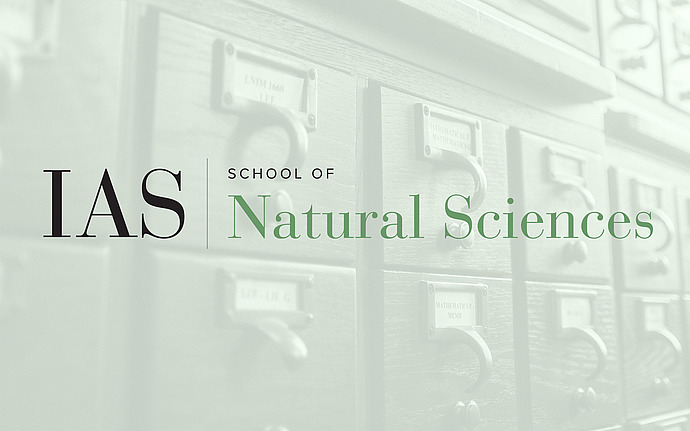
Institute for Advanced Study / Princeton University Joint Astrophysics Colloquium
The build-up of galactic nuclei: how do black holes get there?
The centers of massive galaxies are special in many ways, not least because apparently all of them host supermassive black holes. Since the discovery of a number of relations linking the mass of this central black hole to the large scale properties of the surrounding galaxy bulge it has been suspected that the growth of the central black hole is intimately connected to the evolution of its host galaxy. However, at lower masses, and especially for bulgeless galaxies, the situation is much less clear. Interestingly, these galaxies often host massive star clusters at their centers, and unlike black holes, these nuclear star clusters provide a visible record of the accretion of stars and gas into the nucleus.
I will present our ongoing observing programme of the nearest nuclear star clusters, including the ones in our Milky Way and the Sagittarius dwarf galaxy. These observations provide important information on the formation mechanisms of nuclear star clusters, allow us to measure potential black hole masses and give clues on how black holes get to the centers of galaxies.
Date & Time
Location
Princeton University, Peyton Hall AuditoriumSpeakers
Affiliation
Event Series
Categories
Notes
10:30am Coffee and danishes provided in Peyton Hall Grand Central.
11:00am Lecture, Peyton Hall Auditorium